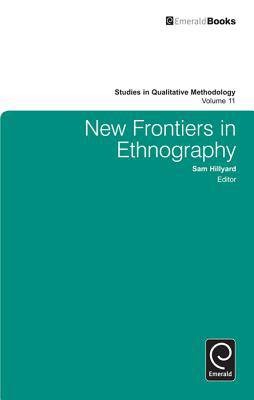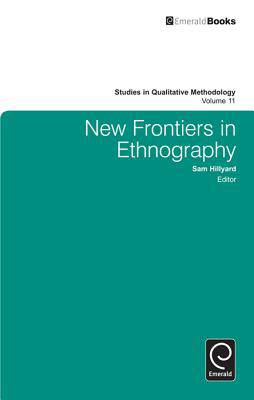
- Afhalen na 1 uur in een winkel met voorraad
- Gratis thuislevering in België vanaf € 30
- Ruim aanbod met 7 miljoen producten
- Afhalen na 1 uur in een winkel met voorraad
- Gratis thuislevering in België vanaf € 30
- Ruim aanbod met 7 miljoen producten
Zoeken
New Frontiers in Ethnography
€ 246,45
+ 492 punten
Omschrijving
This volume seeks to address continuities and innovations within the ethnographic canon. It uses Hammersley's (1991) book "What's Wrong with Ethnography" to open and situate the debate, but then moves to engage with contemporary debates and arguments on both sides of the Atlantic. Today, ethnography has matured to become the dominant research paradigm in some sub-disciplines, but it has also been forced to adapt in response to the theoretical challenge of post-structuralism. The book examines in detail the way some more innovative and problematic ways ethnographers have reacted. Throughout, the book seeks to present a critical, realised evaluation of the strength and limitations of ethnography for the future, by celebrating recent innovations, unusual applications or instances of ethnographic practice. Like Hammersley's book in 1991, it faces and challenges fundamental questions regarding ethnography's very contribution to knowledge. The chapters in this volume are designed to appeal to the novice and the experienced ethnographer; for those embarking on ethnographic work for the first time as well as those looking to move into new methodological directions.
Specificaties
Betrokkenen
- Uitgeverij:
Inhoud
- Aantal bladzijden:
- 226
- Taal:
- Engels
- Reeks:
- Reeksnummer:
- nr. 11
Eigenschappen
- Productcode (EAN):
- 9781849509428
- Verschijningsdatum:
- 4/11/2010
- Uitvoering:
- Hardcover
- Formaat:
- Ongenaaid / garenloos gebonden
- Afmetingen:
- 152 mm x 231 mm
- Gewicht:
- 458 g

Alleen bij Standaard Boekhandel
+ 492 punten op je klantenkaart van Standaard Boekhandel
Beoordelingen
We publiceren alleen reviews die voldoen aan de voorwaarden voor reviews. Bekijk onze voorwaarden voor reviews.










